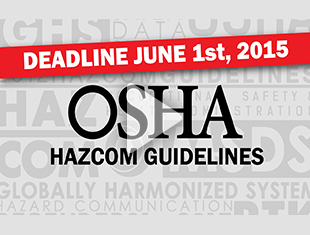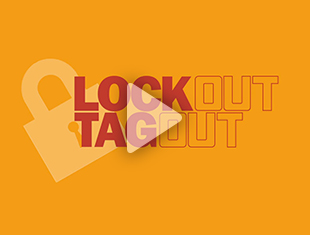What is GHS?
GHS, or the Globally Harmonized System, is a set of standards created by the U.N. and adopted by a number of countries around the world. They provide guidelines on how chemicals are to be safely classified and labeled.
GHS provides a standardized system to inform workers about hazardous chemicals. This will improve the worker's understanding of present hazards and lead to safer handling and use of chemicals. That means fewer workplace injuries and an increased environmental awareness.
GHS helps to: Simplify and increase international trade by improving communication between countries through a globally recognized system. It reduces worker confusion caused by different standards and provides a framework for countries without chemical safety systems. GHS also reduces the costs associated with government enforcement and company compliance of having to meet the standards of multiple countries.
Created by the United Nations: GHS is a system that can be adopted by any country wishing to participate in the international commerce or trade of hazardous materials. If a country decides to adopt GHS; that country is responsible for the enforcement of the GHS standards they wish to adopt. A growing number of countries all over the world use GHS: China, Japan, Greece, Iceland, the UK, Brazil, South Africa and over fifty more.
In the US, OSHA implemented the HazCom 2012 standards which incorporate components of GHS. Over 5 million workplaces in the U.S. have environments where employees could be exposed to hazardous chemicals and OSHA predicts the implementation of GHS in the US will result in a reduction in accidents, fatalities, injuries and illnesses from exposure to hazardous chemicals.
To find out more about GHS, how it's being incorporated into OSHA's HazCom 2012 standards or to ensure compliant labeling at your facility- visit Duralabel.com follow the link, fill out the form and receive your free copy of our GHS Best Practice Guide.
Related Resources

OSHA Hazard Communication and HazCom 2012
There've been a lot of questions surrounding OSHA's Hazard Communication, or HazCom 2012 guidelines- let's ...
Watch Now
What is Lockout Tagout
Ever heard of hazardous energy? Imagine something like this? Or maybe something more like that? Not quite. ...
Watch Now
Lockout Tagout Procedure
There are two parts to the lockout process: The Lockout and Re-energizing. Both pose potential ...
Watch Now.png)





